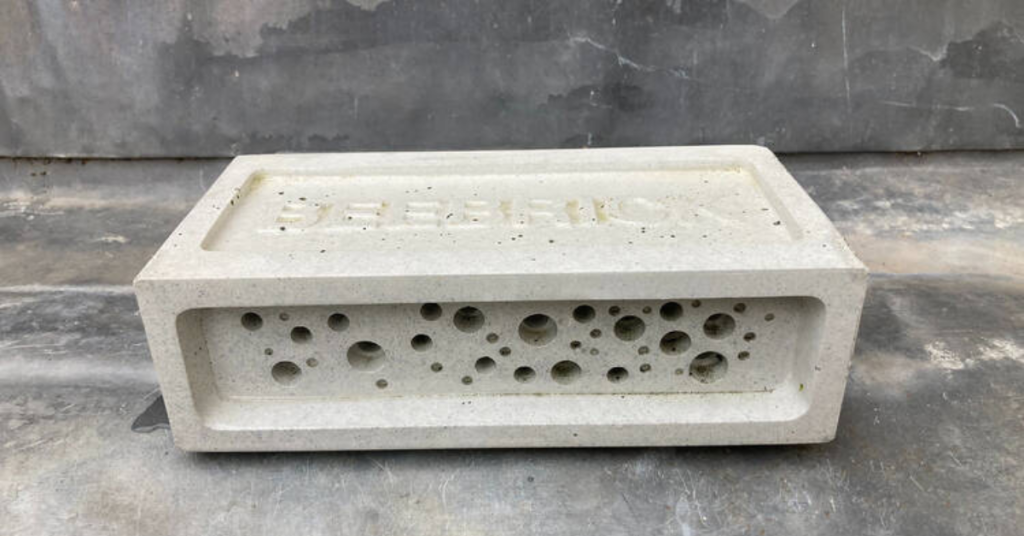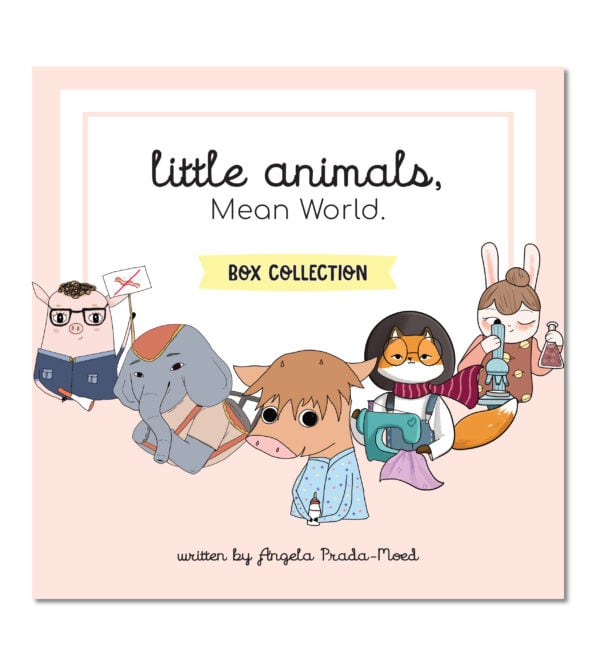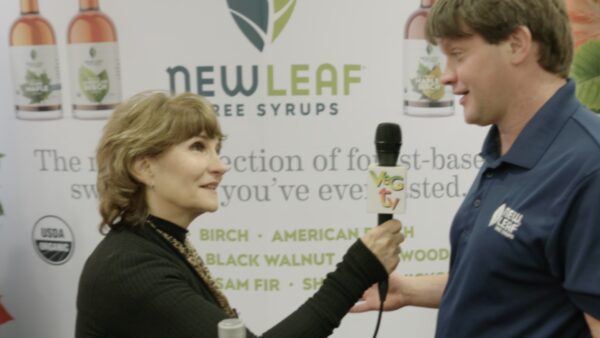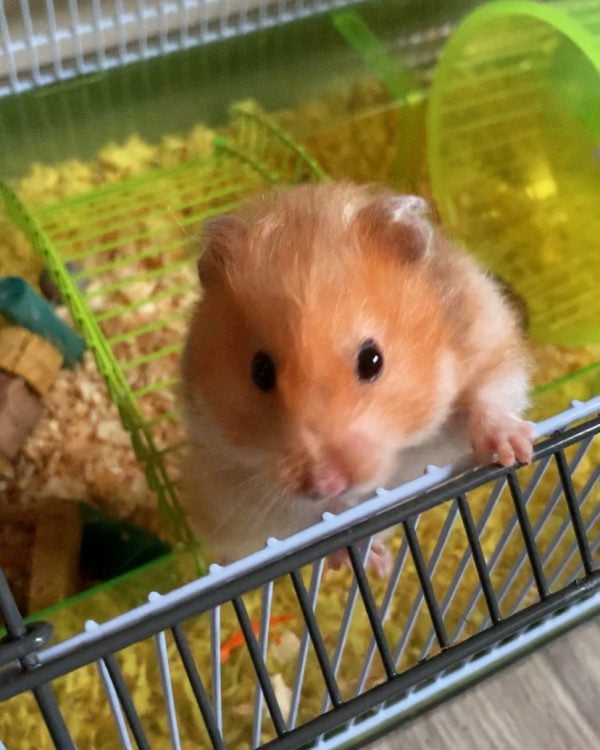A new planning legislation in Brighton and Hove, England, requires new structures to feature specific bricks that allow solitary bee nesting areas.
According to Brighton & Hove Council’s policy, all new buildings taller than five meters must have bee bricks and bird nesting boxes suited for swifts.
These bee bricks are the same size as conventional bricks, but they have a succession of small apertures similar to those seen in the nests of solitary bees.
The goal is to improve biodiversity opportunities. Solitary bees account for over 250 of Britain’s 270 bee species, and they play a vital part in the natural ecology.
“Bee bricks are just one of quite a number of measures that really should be in place to address biodiversity concerns that have arisen through years of neglect of the natural environment… Increased planting, hedgehog holes, swift boxes and bird feeders are all examples of other cheap and simple ideas that, together, could lead to easy medium-term gains,” said Robert Nemeth, the counselor behind the initiative.
The Replication of Bee Bricks
Nemeth requested the change in 2019, and the requirement has been incorporated in the council’s planning licenses from April 1, 2020.
While quick bricks are already included in many UK planning codes, bee bricks are a relatively new addition. Brighton, however, is not alone; authorities in Cornwall and Dorset have followed suit.
Green&Blue, a company that makes bee bricks, claims that they mimic an existent form of solitary bee nest that is popular but becoming increasingly rare owing to the accuracy of modern architecture.
“Solitary bees nest in crumbling mortar work and old brickwork… but modern buildings are so perfect that all the cavities are blocked… We’re putting a habitat into each building in the same way that has occurred naturally for hundreds of years… If these weren’t put in, it would just be a closed wall. That’s hundreds and hundreds of miles of land gone to any kind of biodiversity,” said Faye Clifton of Green&Blue.
Scientists Identify Possible Health Risks
Scientists are split on whether bee bricks are beneficial in enhancing biodiversity, with some speculating that they may attract mites and transmit illness.
According to Dave Goulson, a biology lecturer at the University of Sussex, who examined the bricks, the holes were too shallow to be “ideal homes for bees,” but “are probably better than nothing.”
“We are kidding ourselves if we think having one of these in every house is going to make any real difference for biodiversity… Far more substantial action is needed, and these bricks could easily be used as ‘greenwash’ by developers,” Goulson stated.
“Well-meaning interventions can have unwanted consequences,” says Adam Hart, an entomologist and professor of scientific communication at the University of Gloucestershire.
However, according to Francis Gilbert, an ecology professor at the University of Nottingham, mites should not be a concern.
“There will be beneficial microbes in the holes as well, so they should not be cleaned. So bee bricks are an unequivocal good thing,” he stated.
Bees would be able to reduce possible concerns themselves, according to Lars Chittka, a professor of sensory and behavioural ecology at Queen Mary University, “which should to some extent counterbalance the risks that come with such long-term nesting opportunities”.
Supporters Say The Benefits Outweigh The Risks
Nemeth, who is a property developer as well as a professional beekeeper, believes that the advantages exceed the hazards.
“It’s always easy to list the drawbacks with any solution but the key is to keep trying,” he said.
Some opponents, he indicated, may be confused bee bricks, which are normally constructed of concrete, with “insect hotels,” which are built of wood. He pointed out that they would be more prone to decaying and attracting unsanitary bugs.
“I’ve heard that there are risks with mites and other pests. As time goes by and awareness is raised, these sorts of niggles will invariably be ironed out… I’ve seen many great examples of solitary bees using the bricks and am won over to their potential,” Nemeth said.
Green&Blue first introduced their bee brick in 2014, and it won the Soil Association’s Innovation Award that same year.
The brick was created in collaboration with an environmentalist. Most solitary bees would only feed within 100 meters of their nesting spot, according to Clifton, so it’s only successful if it’s adjacent to “bee-friendly planting.”
“We’re not saying that bee bricks are the solution to everything… We’re not saying put the bricks in and don’t do any planting. It’s not greenwashing, it’s part of an overall approach to increase biodiversity and to build with nature in mind,” she said.
Assessing The Impact on Biodiversity
Green&Blue previously collaborated with the University of Exeter on a two-year study to see how color and height affect the efficiency of the bee brick.
Clifton feels that the Brighton policy will allow for a bigger investigation of the bee brick’s influence over a longer period of time. Nemeth is meeting with the corporation to continue the conversation.
“It needs to be over five to ten years… We want to map the impact across the country, by engaging people who incorporate our products… Brighton can be a brilliant testbed,” she said.
Bees and other pollinators are responsible for a third of the world’s food production, yet one out of every ten bee species in Europe is on the verge of extinction.
Solitary bees are under particular danger, owing to the fact that most bee-friendly programs target honey bees. The Vulkan Beehives, designed by Snøhetta, and the Beezantium, developed by Invisible Studio, are two examples.
In addition, the UK government recently lifted its ban on neonicotinoid insecticides, which are known to harm bees, placing these animals in even more danger.
Source: “Bee bricks become planning requirement for new buildings in Brighton” by Dezeen
SUBSCRIBE TO OUR NEWSLETTER
Vkind Vibes is our popular weekly newsletter where we share the latest news, tastiest recipes, and hottest trends impacting the VegEconomy. SUBSCRIBE NOW!
WANT MORE?
JOIN US AT VKX 2023! The Vkind Experience (VKX) is an immersive plant-based event celebrating travel, culture, and cuisine around the world as guests explore 11 experiential rooms while sampling an elevated fusion of world flavors.JOIN THE VKIND COMMUNITY Download the Vkind app on the App Store or Google Play to create your social profile and start sharing reviews of vegan businesses, watch original content, and explore the plant-based world with your friends!
JOIN THE VEGECONOMY Are you a vegan brand owner or professional? Add your listing to our business search platform to get more eyes on your vegan enterprise.
TAKE THE VEGECONOMY PLEDGE Take the VegEconomy Pledge to show support for sustainable business practices and make a commitment to Spend Like You Give A Damn.
WATCH & LEARN Subscribe to our YouTube channel for our latest shows, live events, interviews, videos, news, secret giveaways & more!
STREAM “PEELED”, THE ALL-VEGAN COOKING COMPETITION SHOW Produced by Vkind Studios in a limited 3-part web series, Peeled is the award-winning all-vegan cooking competition show that’s on a search to find “America’s Hottest Vegan Chef”.
FOLLOW & SHARE Our content is always entertaining, educational, and inclusive. Follow us everywhere on social media!
SHARE VEGAN RECIPES Share your delicious vegan recipes with the Vkind Community on our app and website.
















